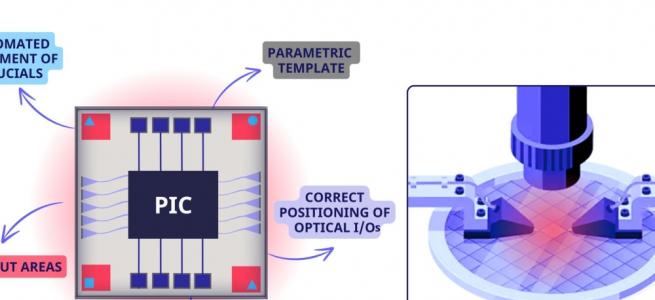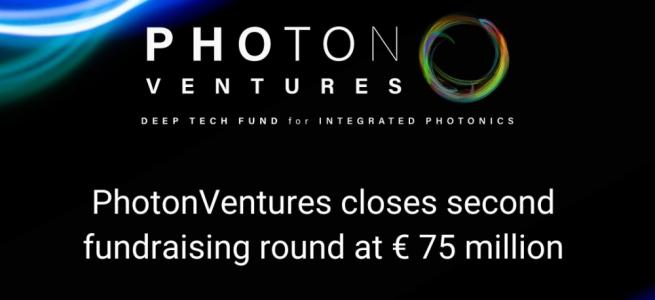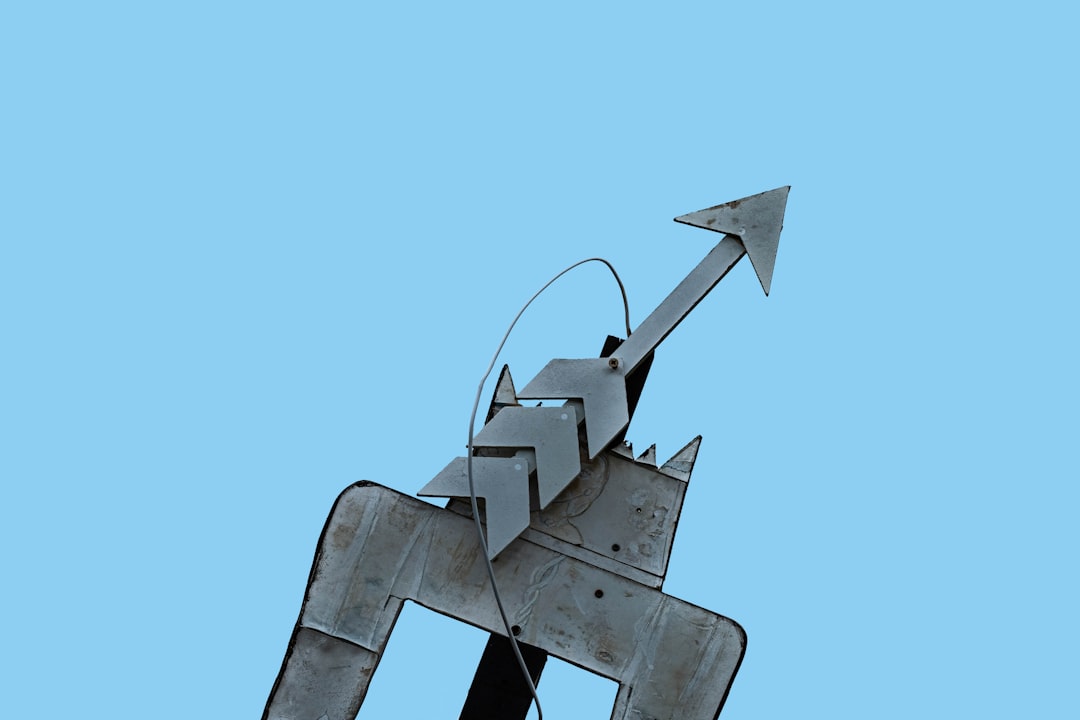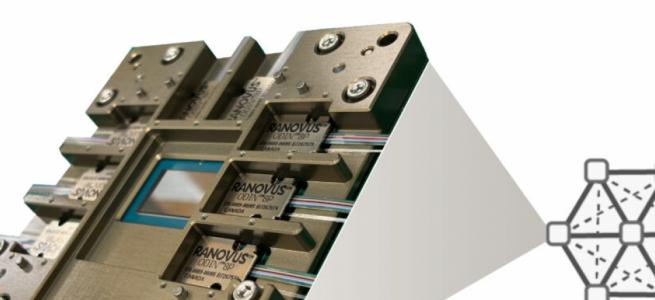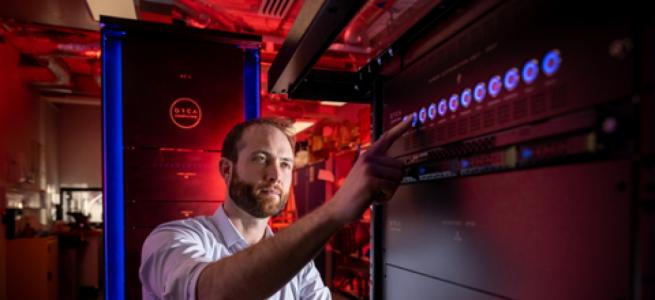Compact chips for converting light into microwaves
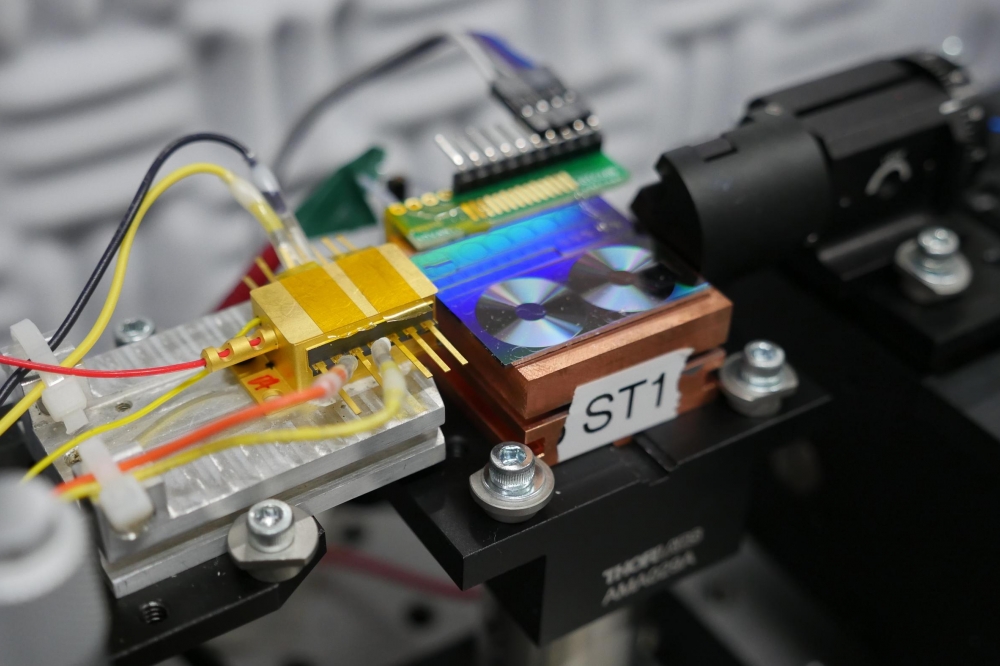
Researchers say this technology advances precision timing, an essential ingredient for applications including navigation, communication networks, and radar
The National Institute of Standards and Technology (NIST) and its collaborators have reported a small but significant advancement in timing technology: compact chips that seamlessly convert light into microwaves. The researchers say this chip could improve GPS, the quality of phone and internet connections, the accuracy of radar and sensing systems, and other technologies that rely on high-precision timing and communication.
This technology reduces something known as timing jitter, which refers to small, random changes in the timing of microwave signals. Similar to when a musician is trying to keep a steady beat in music, the timing of these signals can sometimes waver a bit. The researchers say they have reduced these timing wavers to just 15 femtoseconds – a big improvement over traditional microwave sources – making the signals much more stable and precise in ways that could increase radar sensitivity, the accuracy of analogue-to-digital converters and the clarity of astronomical images captured by groups of telescopes.
The team's results were published in the journal Nature.
What sets this demonstration apart is the compact design of the components that produce these signals. According to the scientists, they have for the first time taken what was once a tabletop-size system and shrunk much of it into a compact chip, about the same size as a digital camera memory card. Reducing timing jitter on a small scale reduces power usage and makes it more usable in everyday devices.
Right now, several of the components for this technology are located outside of the chip, as researchers test their effectiveness. The ultimate goal of this project is to integrate all the different parts, such as lasers, modulators, detectors, and optical amplifiers, onto a single chip. By doing so, the team could reduce both the size and power consumption of the system. This means it could be easily incorporated into small devices without requiring lots of energy and specialised training.
“The current technology takes several labs and many Ph.D.s to make microwave signals happen,” said Frank Quinlan, NIST physical scientist. “A lot of what this research is about is how we utilise the advantages of optical signals by shrinking the size of components and making everything more accessible.”
To accomplish this, researchers use a semiconductor laser, which acts as a very steady flashlight. They direct the light from the laser into a tiny mirror box called a reference cavity, which is like a miniature room where light bounces around. Inside this cavity, some light frequencies are matched to the size of the cavity so that the peaks and valleys of the light waves fit perfectly between the walls. This causes the light to build up power in those frequencies, which is used to keep the laser’s frequency stable.
The stable light is then converted into microwaves using a device called a frequency comb, which changes high-frequency light into lower-pitched microwave signals. These precise microwaves are crucial for technologies like navigation systems, communication networks and radar because they provide accurate timing and synchronisation.
“The goal is to make all these parts work together effectively on a single platform, which would greatly reduce the loss of signals and remove the need for extra technology,” said Quinlan. “Phase one of this project was to show that all these individual pieces work together. Phase two is putting them together on the chip.”
“There are all sorts of applications for this technology,” added Quinlan. “For instance, astronomers who are imaging distant astronomical objects, like black holes, need really low-noise signals and clock synchronisation. And this project helps get those low-noise signals out of the lab, and into the hands of radar technicians, of astronomers, of environmental scientists, of all these different fields, to increase their sensitivity and ability to measure new things.”
This project brought together researchers from the University of Colorado Boulder, the NASA Jet Propulsion Laboratory, California Institute of Technology, the University of California Santa Barbara, the University of Virginia, and Yale University.
Image credit: K. Palubicki/NIST








